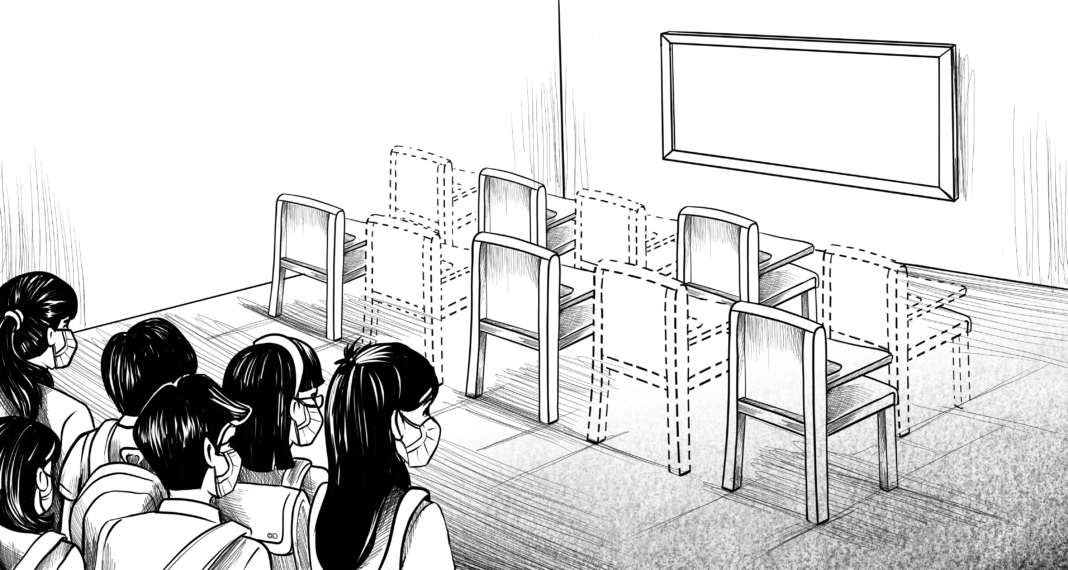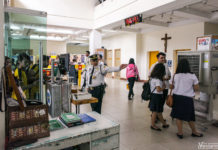The government has been pushing for the resumption of face-to-face (F2F) classes in more schools—in basic education and the tertiary level—with the hopes of augmenting its inflation-ridden economy and improving the quality of the country’s graduates.
Restarting F2F classes, according to the National Economic and Development Authority, would generate P12 billion weekly for the economy as it would also lead to the reopening of more businesses and the utilization of transportation.
And indeed, the Department of Education (DepEd) has given schools until Oct. 31 to prepare for a transition to a schedule containing five days of F2F classes and required all public and private schools to make the full shift by Nov. 2.
Meanwhile, the Commission on Higher Education (CHEd), has said higher education institutions (HEIs) would not be required to hold F2F classes this upcoming academic year as HEIs had the authority to decide for themselves whether to hold F2F classes or not.
In UST, more and more programs are announcing their plans for F2F classes; in-person classes are no longer limited to medical and other “priority” courses. The future of schooling is more apparent than ever since Covid-19 broke out: blended learning is here to stay.
On April 29, the Office of the Vice Rector for Academic Affairs released a memorandum that introduced two variants of the enriched virtual mode (EVM), UST’s main mode of instructional delivery for the past two years, to be used in the upcoming Academic Year: the EVM hybrid mode and the EVM hyflex mode.
The EVM hybrid mode will require students to complete the necessary number of F2F sessions or hours to accomplish the intended learning outcomes and competencies of a specific course or subject. According to the memorandum, this will be utilized for courses or subjects whose outcomes and competencies could not be fully achieved with online learning.
Meanwhile, the EVM hyflex mode will give students an option to participate in either F2F or online classes. This mode will be for courses or subjects whose outcomes and competencies may be achieved with online learning, and in which F2F classes are only necessary to “enrich the learning experience.”
It’s a good thing the University continues to reinforce its online learning program that has been in place since 2003 with more variants (that, unfortunately, have confusing jargon for names). But, for blended learning to be better, there have to be more F2F classes.
A 2021 study by Stanford University researchers found “Zoom fatigue” and the lack of nonverbal communication affecting videoconferencing users. A World Bank study also found that the impact of Covid-19 on student learning worldwide has been “substantial” and that “inequality in learning across more advantaged and disadvantaged groups is likely going to grow over time.”
Just as how the pandemic made traditional F2F learning a thing of the past, the online-only mode put in place as a make-do solution to continue learning amid a health crisis also needs to be done away with as soon as possible. Students have to return to their real, tangible classrooms—safely—to make the most of their education.
Several studies have found that classroom learning was more effective than online learning and that teaching and learning were more effective before the pandemic than during the pandemic.
The University has to be more aggressive in rolling out F2F classes. The introduction of the EVM variants is a good start as it recognizes the need for F2F sessions in “enriching” learning, but they should be expanded to cover more courses.













